Texas Heritage Museum Shares Artifacts in Recognition of Gold Star Mother’s Day
Jessyca Brown
Tuesday, September 29, 2020 2:29 PM
Texas Heritage Museum
Hillsboro, TX
Since June 23, 1936, the last Sunday of September has served as a Mother’s Day that is reserved for a special group of mothers—mothers of United States Armed Forces men and women who have died during a conflict or war in which the US is engaged.
The day was originally marked in 1936 as Gold Star Mother’s Day but was amended to Gold Star Mother’s and Family’s Day by President Barack Obama in 2011 to include immediate family members of fallen service members.
This year, Gold Star Mother’s and Family’s Day fell on Sept. 27, and Hill College Texas Heritage Museum (THM) shared photos of Gold Star artifacts from its collection in honor of the service members, mothers, and families the designated day represents.
The artifacts include a Gold Star flag that Gold Star mothers would display in their homes, Gold Star jewelry worn by the mothers of WWI service men, and a Gold Star pin.
“Bringing attention to this day creates public awareness of the meaning of Gold Star Mother and brings honor to all the service members who have given their lives for our country’s freedom,” said John Versluis, dean of THM.
The Gold Star became a symbol of loss during WWI when US Army Captain Robert L. Queisser, who had two sons serving on the front line, designed and patented the Blue Star Flag or Service Flag for families of service members in active duty during times of war or hostilities to display in their homes.
In 1918, after President Woodrow Wilson approved for mothers who lost a child serving in WWI to wear a gold gilt star on the traditional black mourning arm band, a tradition began of families stitching a gold star over the blue star on the Service Flag to indicate the death of the service member. It wasn’t until 1947 that the US Congress designated the current version of the Gold Star lapel pin as the official symbol of a family member’s sacrifice, which is distributed by the Department of Defense to immediate family members of a fallen service member.
Prior to 1947, Gold Star pins were custom made in all different styles and sizes. The pin displayed in the museum’s Texans at War, 1939-1945 Gallery was custom made at the Armstrong Jewelry Store in Waco for a local WWI Gold Star Mother, Minnie Barr.
Her son US Army Sgt. Clarence William Barr, born in Waco Nov. 16, 1895, was a 22-year-old farmer in Aquilla when the US engaged in WWI. The US government passed the Selective Service Act on May 18, 1917, and all men aged 21 to 30 were required to register with local draft boards. Barr registered for the war on June 5, 1917 and was deployed to France with Company D, 359th Texas Infantry, 90th Division sometime in June 1918.
Barr was killed in action during the Meuse-Argonne Battle on Nov. 2, 1918, nine days before WWI ended. He was buried in the Argonne-American Battle Cemetery and was re-interred in the Arlington, Virginia National Cemetery in 1921.
Barr’s younger brother, Reagan Barr, a US Army Corporal in WWII, donated the pin to the museum in 1994. He died in 1995 at age 86.
Versluis said the museum is grateful for Reagan Barr’s donation of the pin because it is an important piece of the collection, especially since 32,399 Texans have given their lives in service from WWI to present day.
“The Gold Star is an artifact that offers a personal perspective by tying the mother directly to the soldier and showing the home front impact,” he said.
For more information about the Texas Heritage Museum, visit the museum website at https://www.hillcollege.edu/Museum/Index.html or the museum Facebook page at https://www.facebook.com/texasheritagemuseum/.
For more information about Gold Star Mother’s and Family’s Day, visit the White House Proclamation page at https://www.whitehouse.gov/presidential-actions/proclamation-gold-star-mothers-familys-day-2020/. For more information about Gold Star mothers and families, visit American Gold Star Mothers, Inc (https://www.goldstarmoms.com/), Gold Star Wives of America, Inc (https://www.goldstarwives.org/) and The National Gold Star Family Registry (http://goldstarfamilyregistry.com/).
###
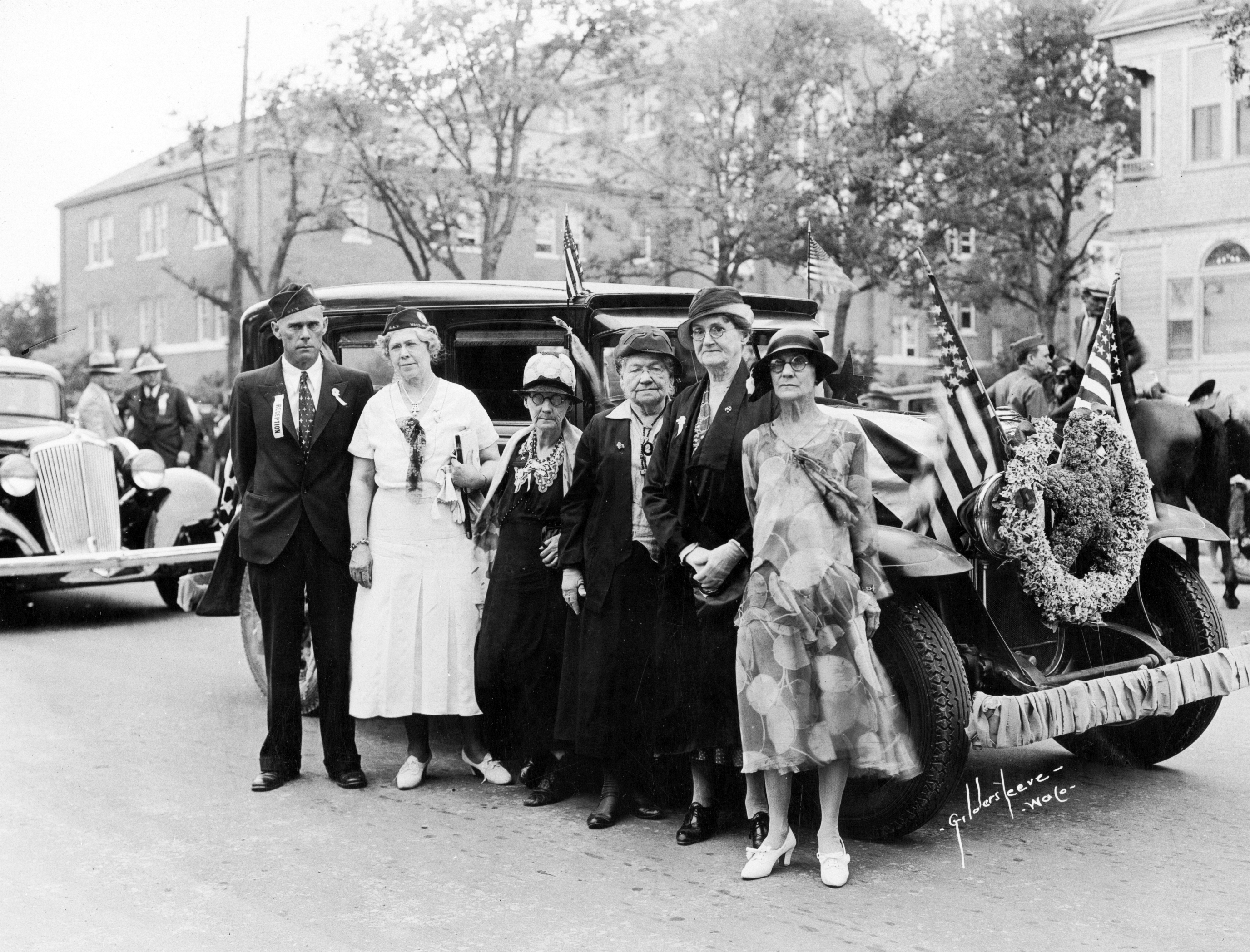
Gold Star Mothers attending a Gold Star car parade in pre-1945 in Waco, Texas. Minnie Barr, mother of Sgt. Clarence William Barr, is believed to be pictured third from the left. This photo was donated to Hill College Texas Heritage Museum by Minnie Barr’s younger son, Reagan Barr, in 1994.
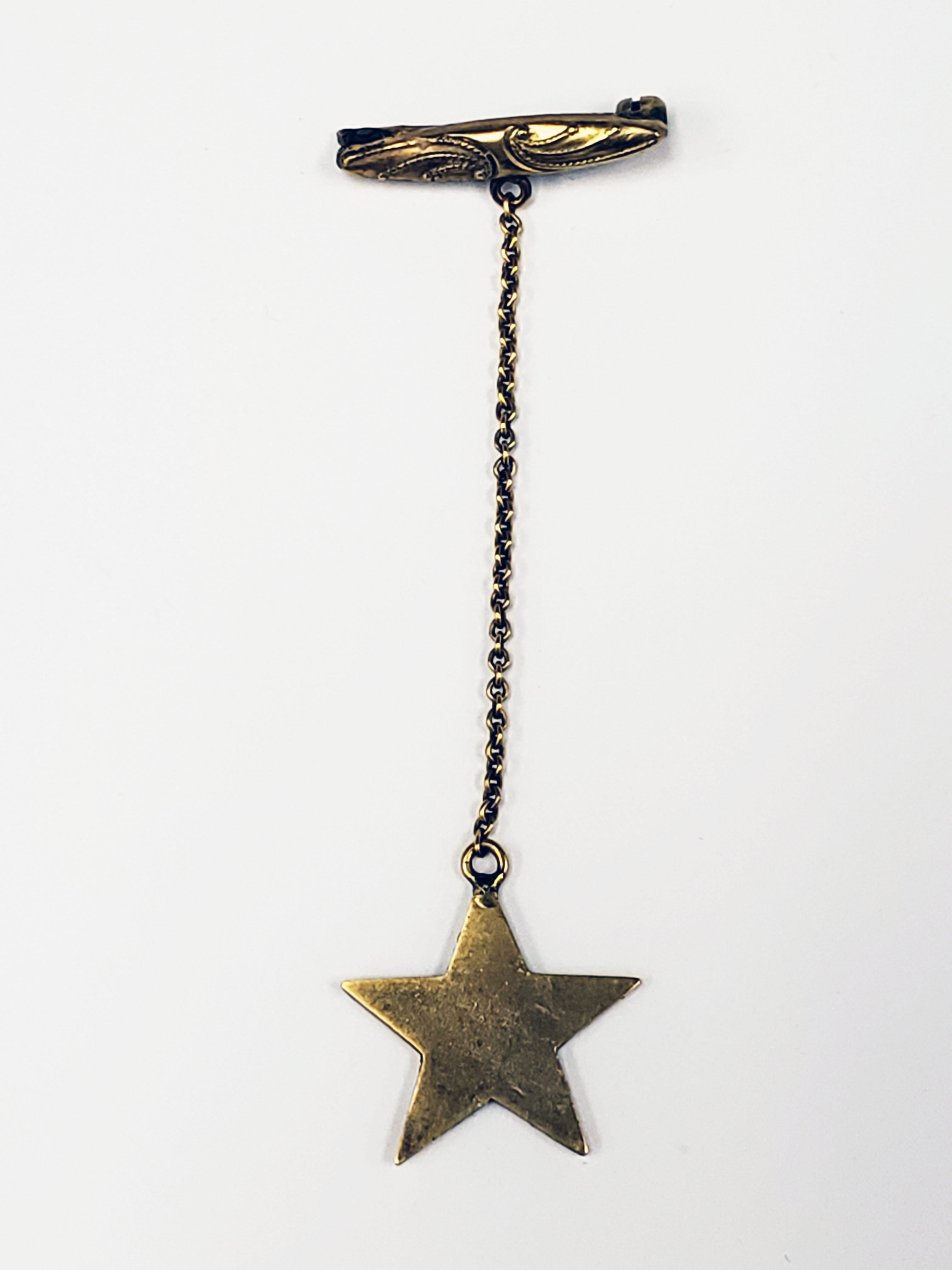
Minnie Barr’s Gold Star pin was custom made at Armstrong Jewelry Store in Waco before Congress established the official pin distributed to next of kin today. Barr received the pin for the loss of her son, Sgt. Clarence William Barr, who was killed in action during the Meuse-Argonne Battle on November 2, 1918. Barr’s youngest son, Reagan Barr, donated the pin to the Hill College Texas Heritage Museum in 1994.
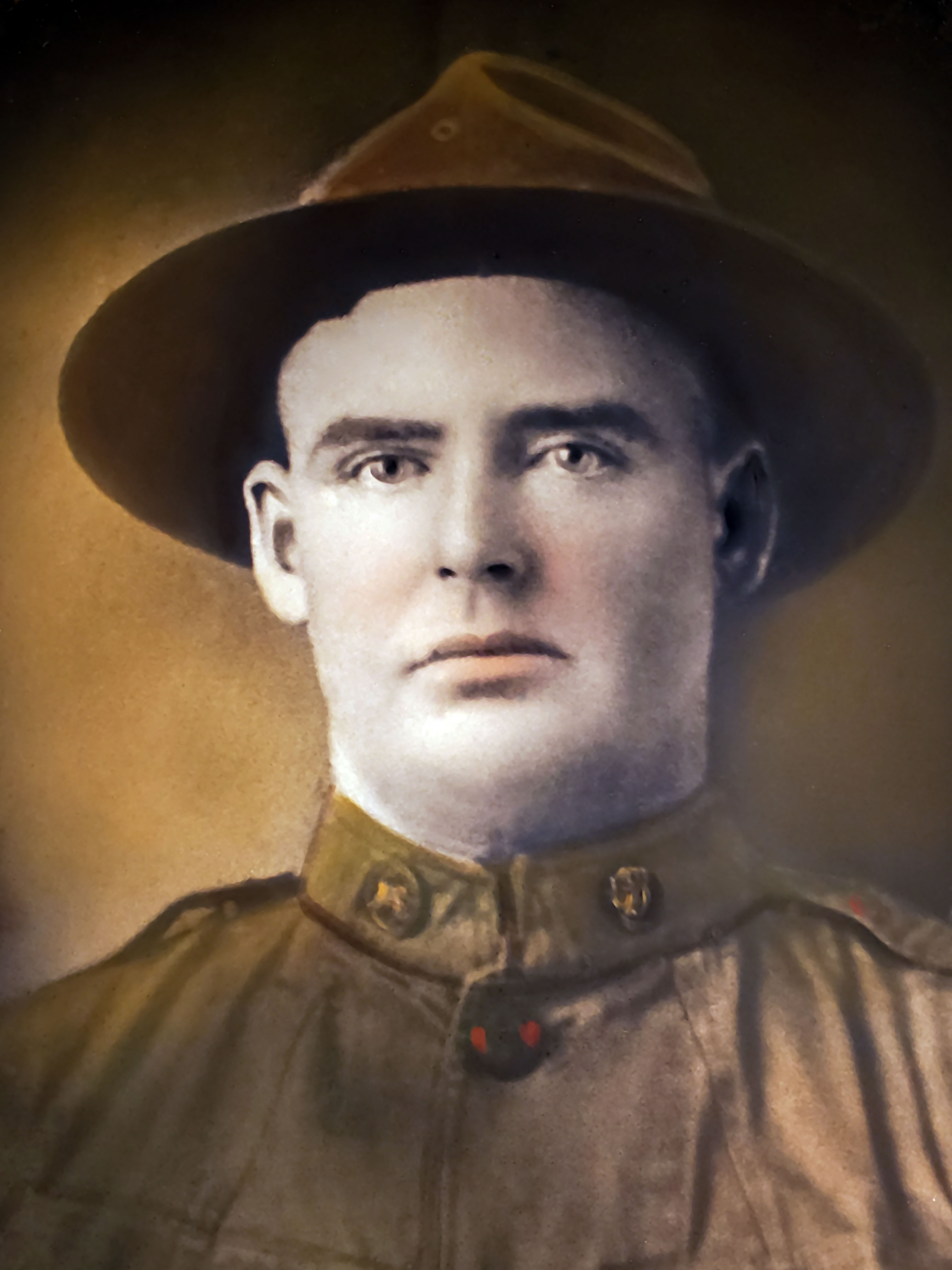
Photo of Sgt. Clarence William Barr in WWI uniform in 1917. This photo was donated to the Hill College Texas Heritage Museum by his brother, Regan Barr, in 1994.
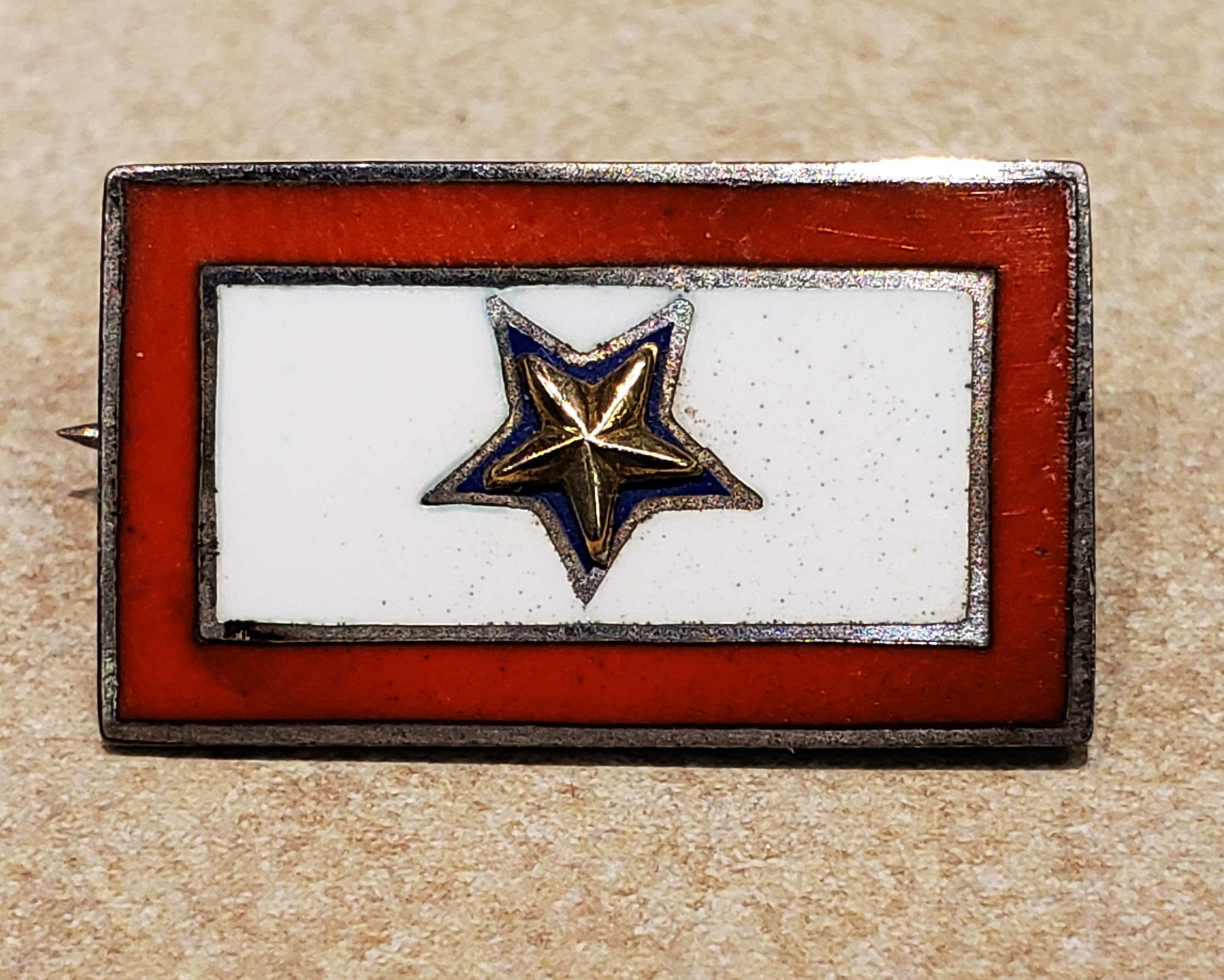
This example of WWII Gold Star jewelry worn by mothers of service men was purchased by Hill College Texas Heritage Museum in the mid-1990s as part of its educational collection.
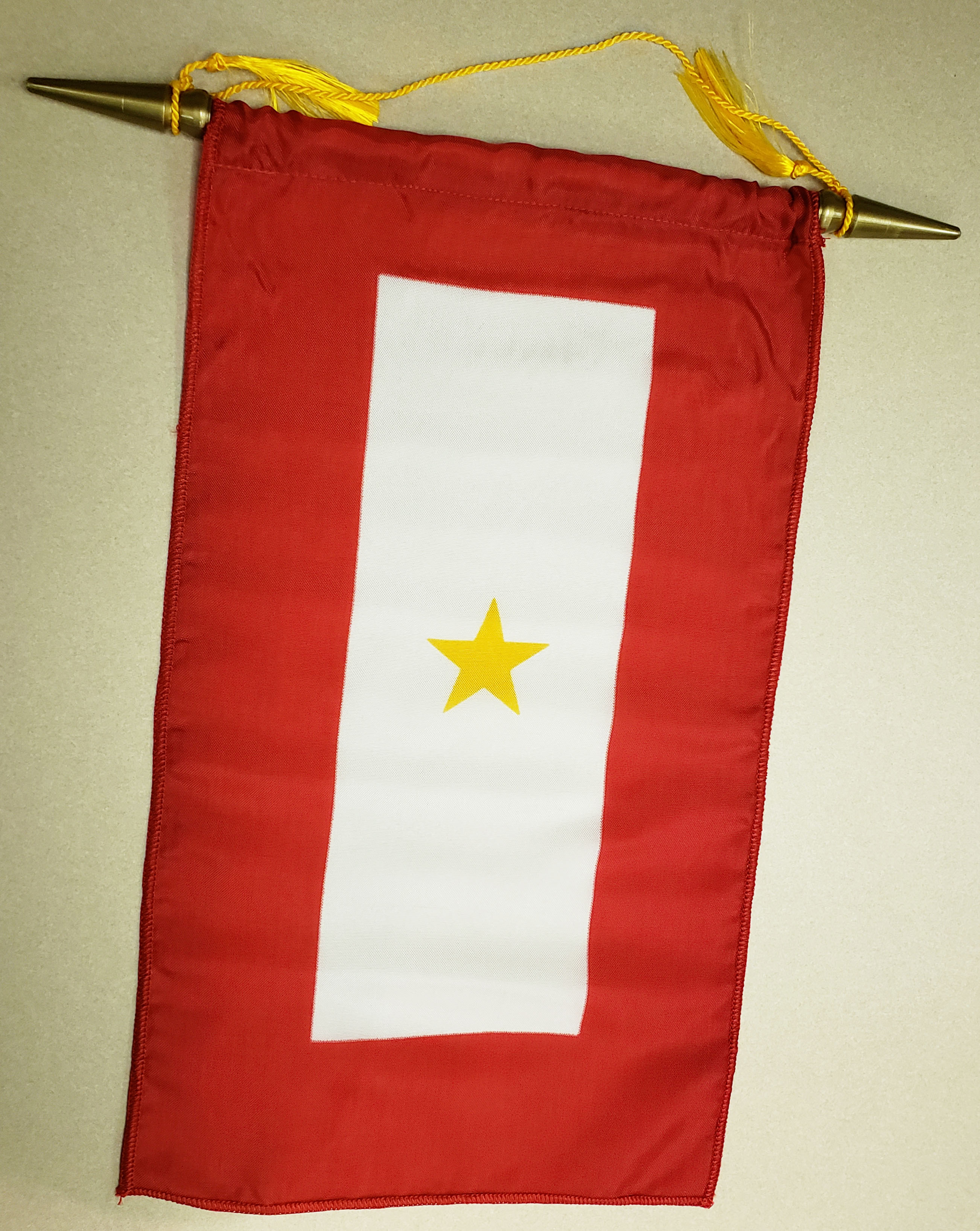
This is a sample Gold Star flag that was hung in front windows of Gold Star Mother’s homes. Each gold star represented one child killed during wartime. Hill College Texas Heritage Museum purchased this flag in the mid-1990s as part of its educational collection.
